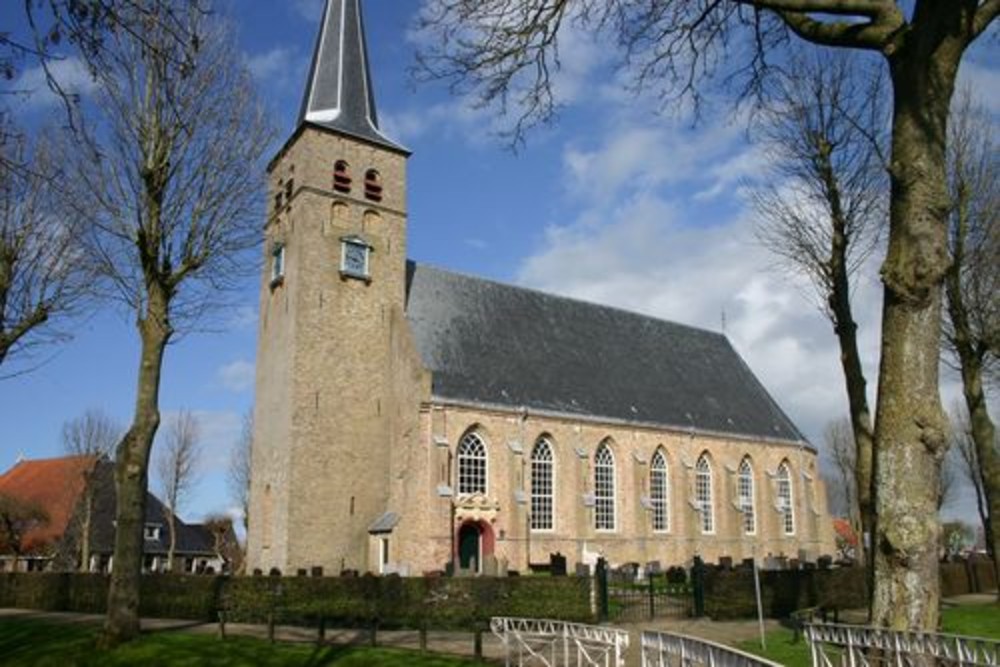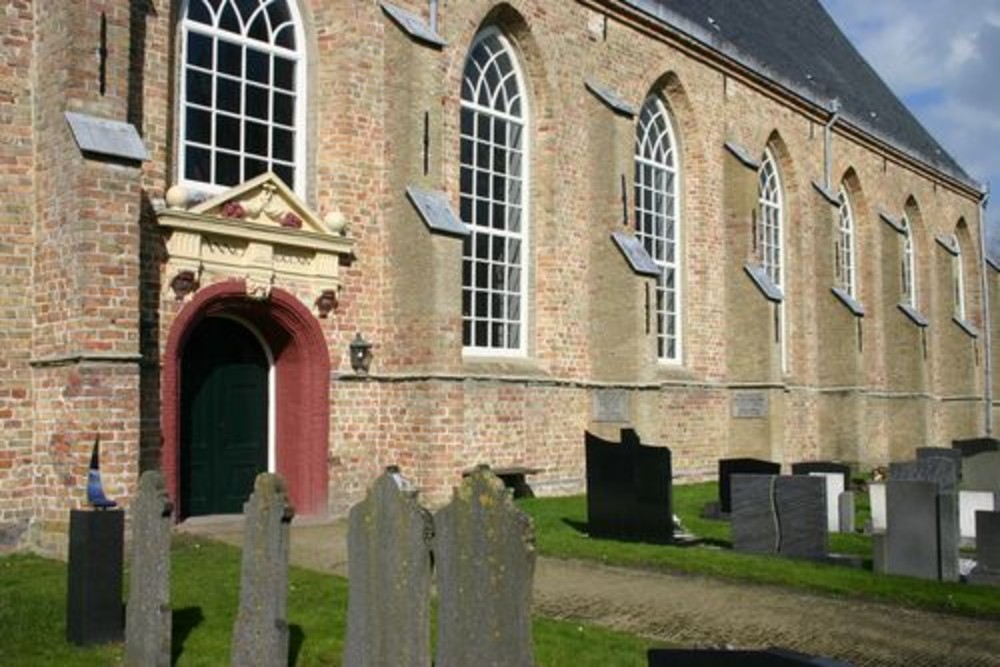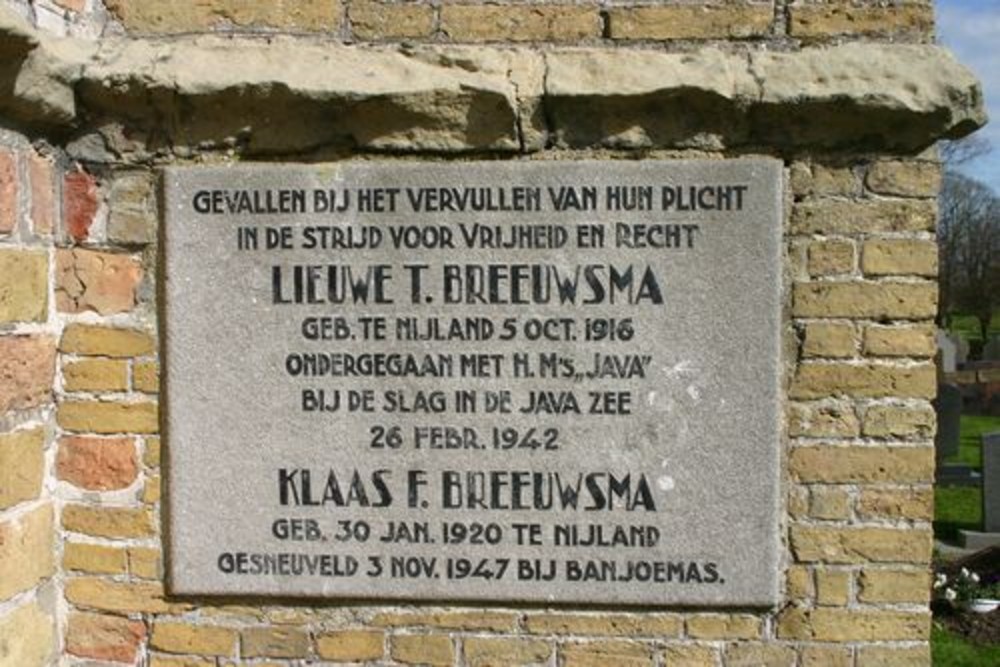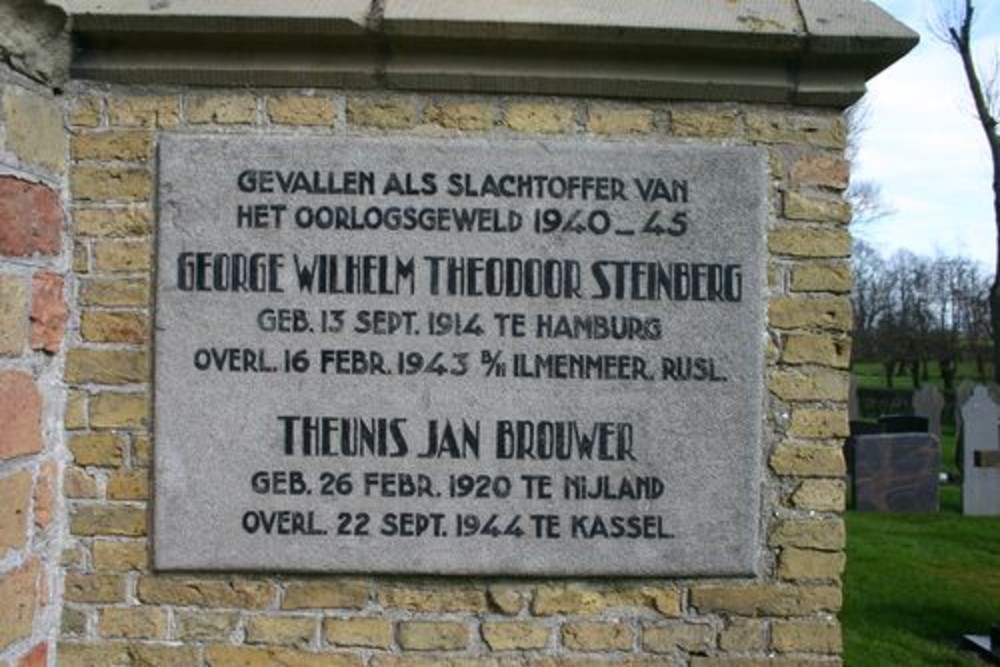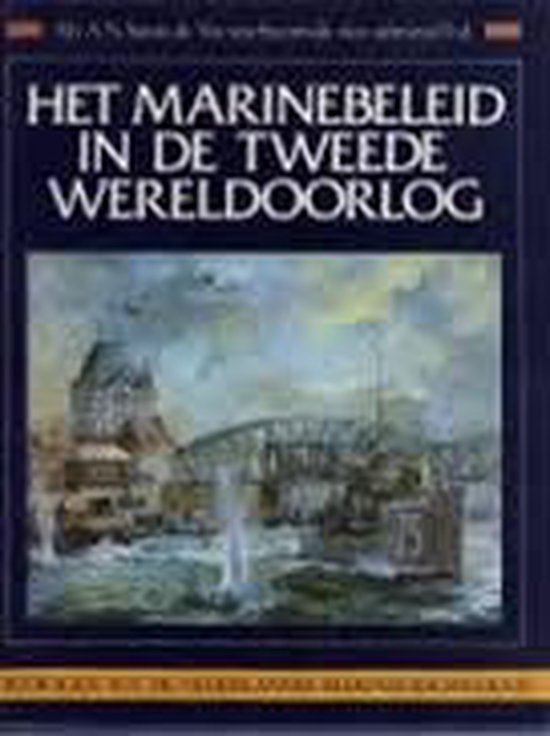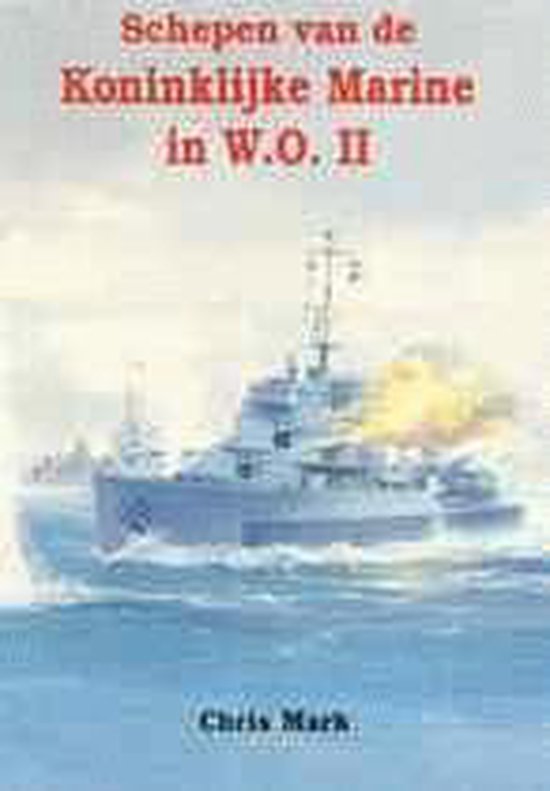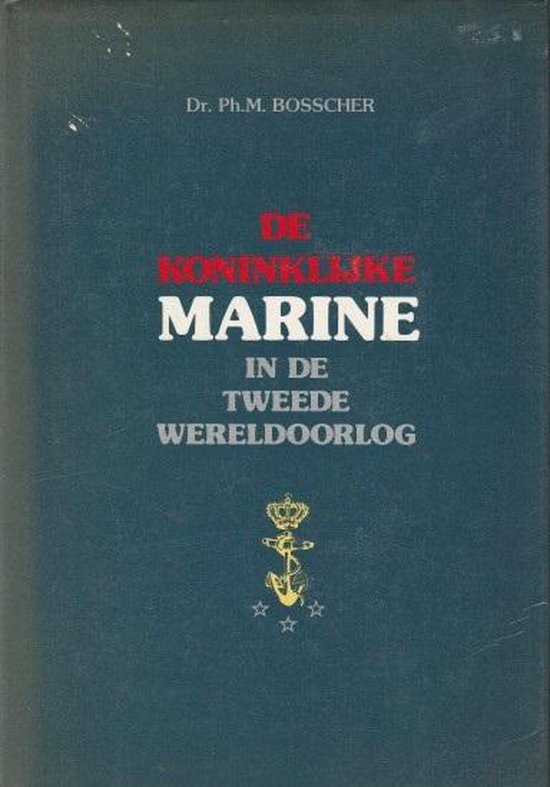Memorials Dutch Reformed Church
The two plaques remind the inhabitants of Nijland of four fellow villagers who died during the Second World War or in the former Dutch East Indies.
The names of the four victims are:
Klaas K. Breeuwsma, Lieuwe T. Breeuwsma, Theunis Jan Brouwer and George Wilhelm Theodoor Steinberg.
Klaas F. Breeuwsma was born on January 30, 1920 in Nijland. The 27-year-old war volunteer of the 'Bataljon Friesland' was killed as a sergeant on November 3, 1947 near Klampok, when the truck in which he was being transported hit an aerial bomb. Klaas was buried in Banjoemas. Later he was reburied at the Dutch Ereveld Pandu in Bandoeng.
Lieuwe T. Breeuwsma was born on October 5, 1916 in Nijland. He died as a stoker/oilman on board the Hr. Ms. 'Java' during the battle in the Java Sea on February 27, 1942. However, the memorial stone states the date February 26, this is not correct.
Theunis Jan Brouwer was born on February 26, 1920 in Nijland. He worked for his father, Gerlof Brouwer, in the blacksmith shop when he had to go to Germany because of the labor deployment. Brouwer sr. was put under pressure by the occupying forces, with the announcement that if his son did not go, his house and forge would be set on fire. Theunis left for Kassel on October 24, 1942, where he was employed by Henschel & son GmbH. Once he attempted to escape by riding on the undercarriage of a train to the Netherlands. At the Arnhem border crossing, however, he was discovered and sent back to Kassel. As punishment, Theunis was locked up for fourteen days, almost without food. Then he had to work malnourished in the factory again. On September 22, 1944, during a bombing raid on Kassel, Theunis tried to cross from a small shelter to the large air raid shelter on the factory site. However, this became fatal for him, because at that moment a bomb exploded. Theunis Brouwer died on the spot. He was buried on September 27, 1944 in the Kassel-Bettenhausen cemetery. On October 31, 1955, Theunis was reburied at the Dutch Ereveld Waldfriedhof in Frankfurt am Main.
In the province of Friesland there is one memorial that commemorates a German who fell on the eastern front. It concerns George Wilhelm Theodoor Steinberg, who was born on September 13, 1914 in Hamburg. When it became known in Friesland that many Germans had been living in appalling conditions since the end of the First World War, an action was started in Bolsward to help a group of children from Hamburg. When the group of children arrived in Bolsward, there was a 6-year-old boy who looked particularly bad. Initiator Mrs Beekhuis took the child to Wons, where he was taken care of by the Van Slageren family. After a few months the children had to return to Hamburg, but George Steinberg stayed in Wons. His mother had begged the Van Slageren family to raise her child, because she was in poverty and want.
The Van Slageren family, which had expanded in 1922 with the birth of son Ruurd, had meanwhile moved to Nijland. George grew up here. He was active as a board member of the youth association (CJV). He learned the wheelwright trade from his foster father in order to be able to take over the company later. In 1938 a letter arrived from Hamburg from his brother Carl, with the request to stay in Nijland for a few days. So happened.
At some point, George received another letter from Germany. He was politely, but very urgently requested to enlist in the German army. Mr. Van Slageren then began to take steps to have his foster son nationalized. He was helped in this by the then member of parliament for the Christian Historical Union, Jouke Bakker, and mayor Van Haersma Buma van Wymbritseradeel. It became a time-consuming procedure and the costs of NLG 500 were very high. But despite all the conditions being met, George was not granted Dutch citizenship.
In 1939, brother Carl visited again, but the mobilization forced him to return to Germany prematurely. Another letter arrived, this time from the Deutsche Wehrmacht. George was told in threatening language that he had to report to Germany. In May 1940 he had to join the Dutch military by order of the municipal police of Wymbritseradeel. George then went into hiding with relatives of his foster parents in Hindeloopen. When this became too risky, he crossed to Medemblik in a rented fishing boat, accompanied by a number of Jewish refugees. Here he reported to the Dutch soldiers present there. After questioning, George was allowed to move freely in the encampment.
After the Dutch capitulation, George returned to Nijland, where the occupying forces left him alone for the first few months. At the end of August 1940 he received a polite invitation to come to Zwolle for a day for a meeting. George went and came home in the evening with a call-up to enlist in the German army. There was no escaping it. In September 1940 he went for his first training to Itzehoe: a place north of Hamburg, where a training camp was established for non-German-speaking Germans. During this period he was once on leave in Nijland.
George was now engaged to the Nijlander girl Froukje Atsma. However, their wedding plans were thwarted by the fact that the municipal clerk in Sneek did not receive the required papers from Hamburg. After training in Itzehoe, George was deployed to Northern France. The company was then transferred to the Eastern Front. He fought near Leningrad as a gunner and was killed on February 16, 1943. The official report of his death did not come until five weeks later, on March 24 in Nijland. The Van Slageren family, Froukje Atsma and George Steinberg's friends have appreciated the fact that George is mentioned on one of the memorial stones.
Do you have more information about this location? Inform us!
Source
- Text: Bert Deelman
- Photos: Bert Deelman
- Nationaal Comité 4 en 5 mei
Related books
Nearby
Museum
Monument
- Memorial De Hoanne - Tjalhuizum
- Airmen Memorial Bolsward - Bolsward
- Titus Brandsma Memorial - Bolsward
Cemetery
- Dutch War Grave General Cemetery Bolsward - Bolsward
- Commonwealth War Grave Municipal Cemetery Sneek - Sneek
- Commonwealth War Graves Communal Cemetery IJlst - IJlst
Remembrance Stone
- Stumbling Stone Waling Dijkstrastraat 53 - Sneek
- Stumbling Stones Napjusstraat 58 - Sneek
- Stumbling Stones Julianastraat 17 - Sneek
